DNA Analysis in 3,600-Year-Old Chinese Mummies Reveals World's Oldest Cheese
DNA Analysis in 3,600-Year-Old Chinese Mummies Reveals World's Oldest Cheese
DNA Analysis in 3,600-Year-Old Chinese Mummies Reveals World's Oldest Cheese
Oct 7, 2024
Oct 7, 2024
Oct 7, 2024
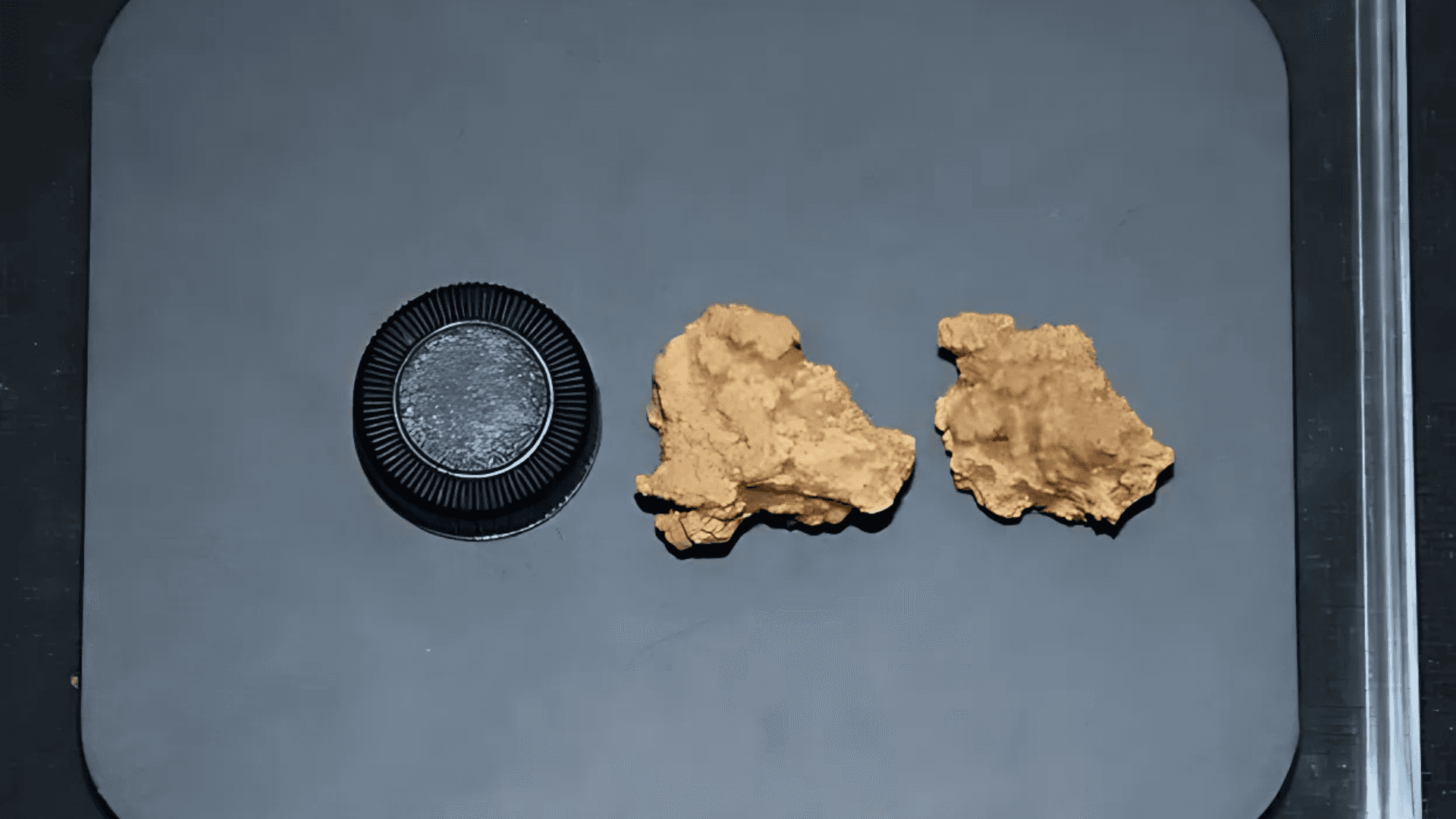
Pieces of cheese were found next to ancient mummies in China in 2003. Photograph by Yimin Yang.
Pieces of cheese were found next to ancient mummies in China in 2003. Photograph by Yimin Yang.
Pieces of cheese were found next to ancient mummies in China in 2003. Photograph by Yimin Yang.
Discover how a study of a 3,600-year-old cheese found in Chinese mummies reveals ancient fermentation secrets and cultural connections in Asia.
Discover how a study of a 3,600-year-old cheese found in Chinese mummies reveals ancient fermentation secrets and cultural connections in Asia.
Discover how a study of a 3,600-year-old cheese found in Chinese mummies reveals ancient fermentation secrets and cultural connections in Asia.
Researchers have made a fascinating discovery by analyzing cheese samples found in 3,600-year-old mummies in the Xinjiang region of China. DNA analysis confirmed that the cheese was produced from cow and goat milk and identified it as kefir, a fermented product that offers new clues about the spread of fermentation techniques across Asia.
Ancient Cheese and Fermentation Technique
The cheese found, considered the oldest preserved in the world, provides valuable information about the dietary practices of ancient Asian civilizations. Kefir, known for its health benefits, was produced with the help of grains that house a combination of bacteria and yeasts responsible for fermentation. The genetic analysis of these microorganisms allowed scientists to trace the dissemination route of the fermentation technique, which is believed to have started in Xinjiang and spread to Tibet and other regions of inland Asia.
Unknown Routes and Cultural Diffusion
The discovery of the cheese in the mummies reveals a previously unknown commercial and cultural route that may have contributed to the dissemination of technologies and knowledge about fermentation on the Asian continent. This exchange solidified kefir as an essential food in the diet of various cultures in the area.
Mystery Surrounding the Presence of Cheese in the Mummies
While the origin of the cheese has been confirmed, the reason it was around the mummies' necks remains a mystery. It is unclear whether the food had a ritual or symbolic function or was part of a specific funerary practice. This question continues to intrigue researchers, who are still investigating the role of this food in the life and death of these ancient populations.
This discovery expands our knowledge of ancient diets and food preservation techniques and reveals cultural connections between different regions of Asia, possibly established much earlier than previously thought.
—
Interested in learning more about the world's oldest cheese? Read all the details of this discovery in the full article by National Geographic. Click here to access.
Researchers have made a fascinating discovery by analyzing cheese samples found in 3,600-year-old mummies in the Xinjiang region of China. DNA analysis confirmed that the cheese was produced from cow and goat milk and identified it as kefir, a fermented product that offers new clues about the spread of fermentation techniques across Asia.
Ancient Cheese and Fermentation Technique
The cheese found, considered the oldest preserved in the world, provides valuable information about the dietary practices of ancient Asian civilizations. Kefir, known for its health benefits, was produced with the help of grains that house a combination of bacteria and yeasts responsible for fermentation. The genetic analysis of these microorganisms allowed scientists to trace the dissemination route of the fermentation technique, which is believed to have started in Xinjiang and spread to Tibet and other regions of inland Asia.
Unknown Routes and Cultural Diffusion
The discovery of the cheese in the mummies reveals a previously unknown commercial and cultural route that may have contributed to the dissemination of technologies and knowledge about fermentation on the Asian continent. This exchange solidified kefir as an essential food in the diet of various cultures in the area.
Mystery Surrounding the Presence of Cheese in the Mummies
While the origin of the cheese has been confirmed, the reason it was around the mummies' necks remains a mystery. It is unclear whether the food had a ritual or symbolic function or was part of a specific funerary practice. This question continues to intrigue researchers, who are still investigating the role of this food in the life and death of these ancient populations.
This discovery expands our knowledge of ancient diets and food preservation techniques and reveals cultural connections between different regions of Asia, possibly established much earlier than previously thought.
—
Interested in learning more about the world's oldest cheese? Read all the details of this discovery in the full article by National Geographic. Click here to access.
Researchers have made a fascinating discovery by analyzing cheese samples found in 3,600-year-old mummies in the Xinjiang region of China. DNA analysis confirmed that the cheese was produced from cow and goat milk and identified it as kefir, a fermented product that offers new clues about the spread of fermentation techniques across Asia.
Ancient Cheese and Fermentation Technique
The cheese found, considered the oldest preserved in the world, provides valuable information about the dietary practices of ancient Asian civilizations. Kefir, known for its health benefits, was produced with the help of grains that house a combination of bacteria and yeasts responsible for fermentation. The genetic analysis of these microorganisms allowed scientists to trace the dissemination route of the fermentation technique, which is believed to have started in Xinjiang and spread to Tibet and other regions of inland Asia.
Unknown Routes and Cultural Diffusion
The discovery of the cheese in the mummies reveals a previously unknown commercial and cultural route that may have contributed to the dissemination of technologies and knowledge about fermentation on the Asian continent. This exchange solidified kefir as an essential food in the diet of various cultures in the area.
Mystery Surrounding the Presence of Cheese in the Mummies
While the origin of the cheese has been confirmed, the reason it was around the mummies' necks remains a mystery. It is unclear whether the food had a ritual or symbolic function or was part of a specific funerary practice. This question continues to intrigue researchers, who are still investigating the role of this food in the life and death of these ancient populations.
This discovery expands our knowledge of ancient diets and food preservation techniques and reveals cultural connections between different regions of Asia, possibly established much earlier than previously thought.
—
Interested in learning more about the world's oldest cheese? Read all the details of this discovery in the full article by National Geographic. Click here to access.
Compartir en:
Compartir en:
Ver También
Ver También

DeepSeek AI: el chatbot chino que está sacudiendo el mercado global
Feb 7, 2025

Estudio revela que la vida social activa puede reducir el riesgo de demencia
Feb 4, 2025

Año nuevo lunar 2025: la llegada del año de la serpiente
Jan 30, 2025

Nueva hipótesis sobre el origen de los dinosaurios desafía conceptos tradicionales
Jan 27, 2025
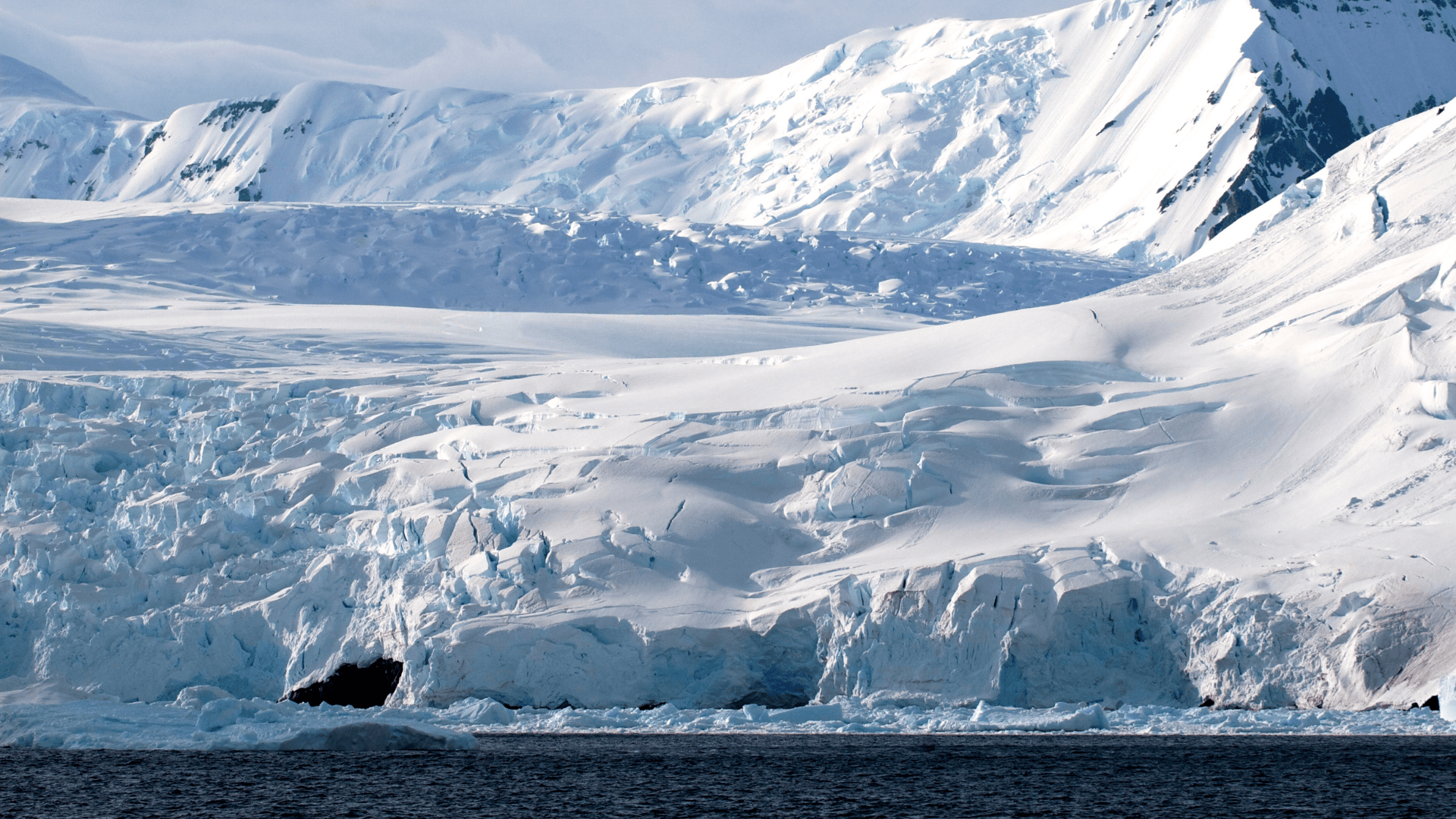
Colapso de la plataforma de hielo Conger: alerta para la Antártida Oriental
Dec 20, 2024

Emociones y el cuerpo humano: conexiones milenarias en textos neoasirios
Dec 20, 2024

Un estudio relaciona la contaminación atmosférica con el riesgo de tromboembolia venosa
Dec 20, 2024

Ambiente potencialmente habitable en Marte descubierto por Perseverance
Dec 20, 2024

Revolución XRISM: Nuevos descubrimientos sobre agujeros negros supermasivos
Oct 15, 2024

Estudio aponta que la duplicación del gen AMY1, relacionado con la digestión del almidón, precede a la agricultura
Oct 14, 2024

Nacimientos en la UE caen por debajo de los 4 millones por primera vez desde 1960
Oct 11, 2024

Excavación en Dinamarca revela 50 esqueletos Viking increíblemente preservados
Oct 10, 2024

Estudio detecta mayor incidencia de asma y rinitis alérgica en personas nacidas en otoño e invierno en Finlandia
Oct 9, 2024

Estudio señala similitudes entre la pubertad de adolescentes de la Edad de Hielo y jóvenes modernos
Oct 8, 2024

Análisis de ADN en momias chinas de 3.600 años revela el queso más antiguo del mundo
Oct 7, 2024
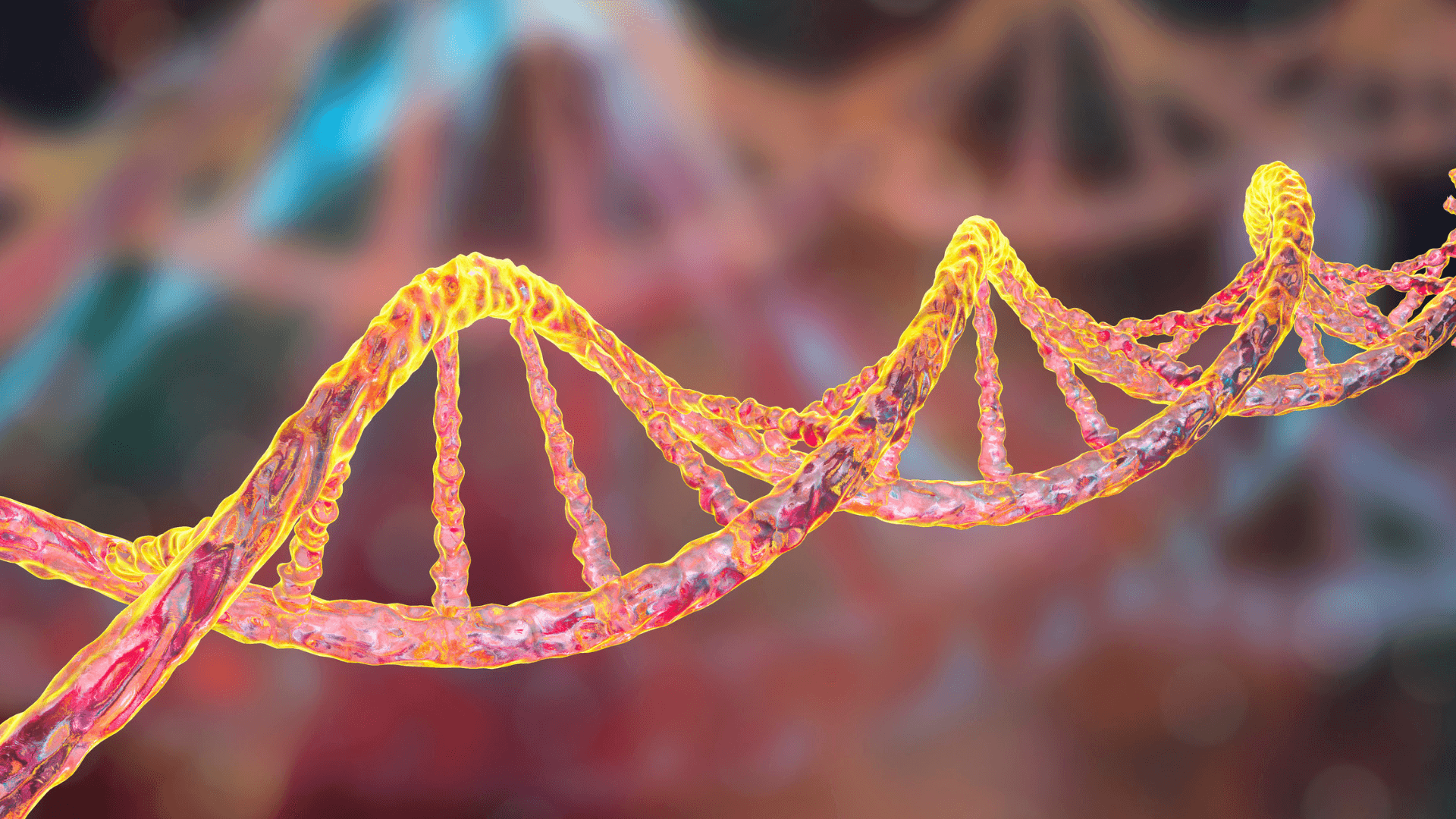
Estudio revela estabilidad genética de poblaciones del África Austral durante 10 milenios
Oct 4, 2024
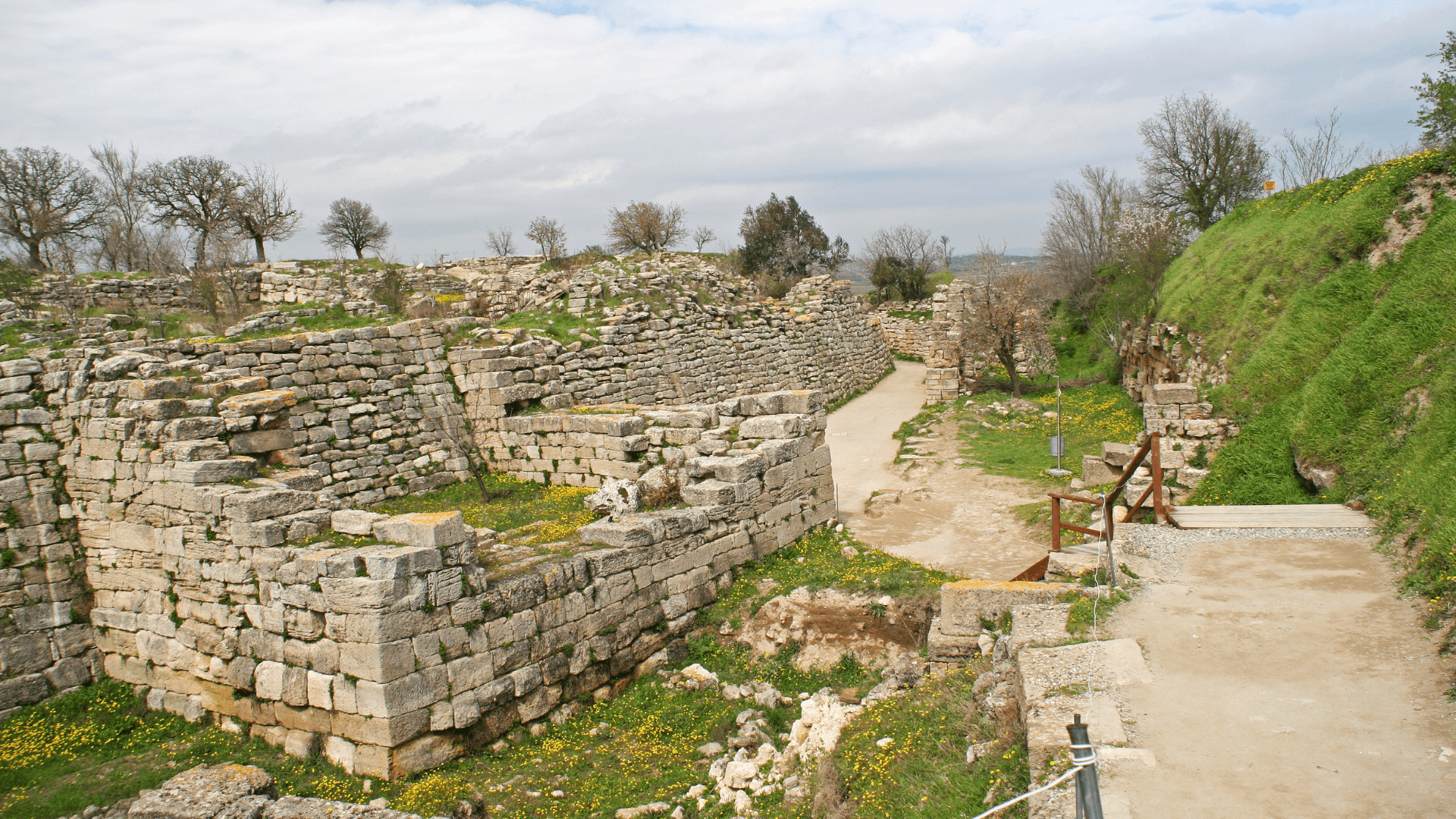
Nueve lugares míticos que podrían haber existido, según descubrimientos arqueológicos
Oct 3, 2024
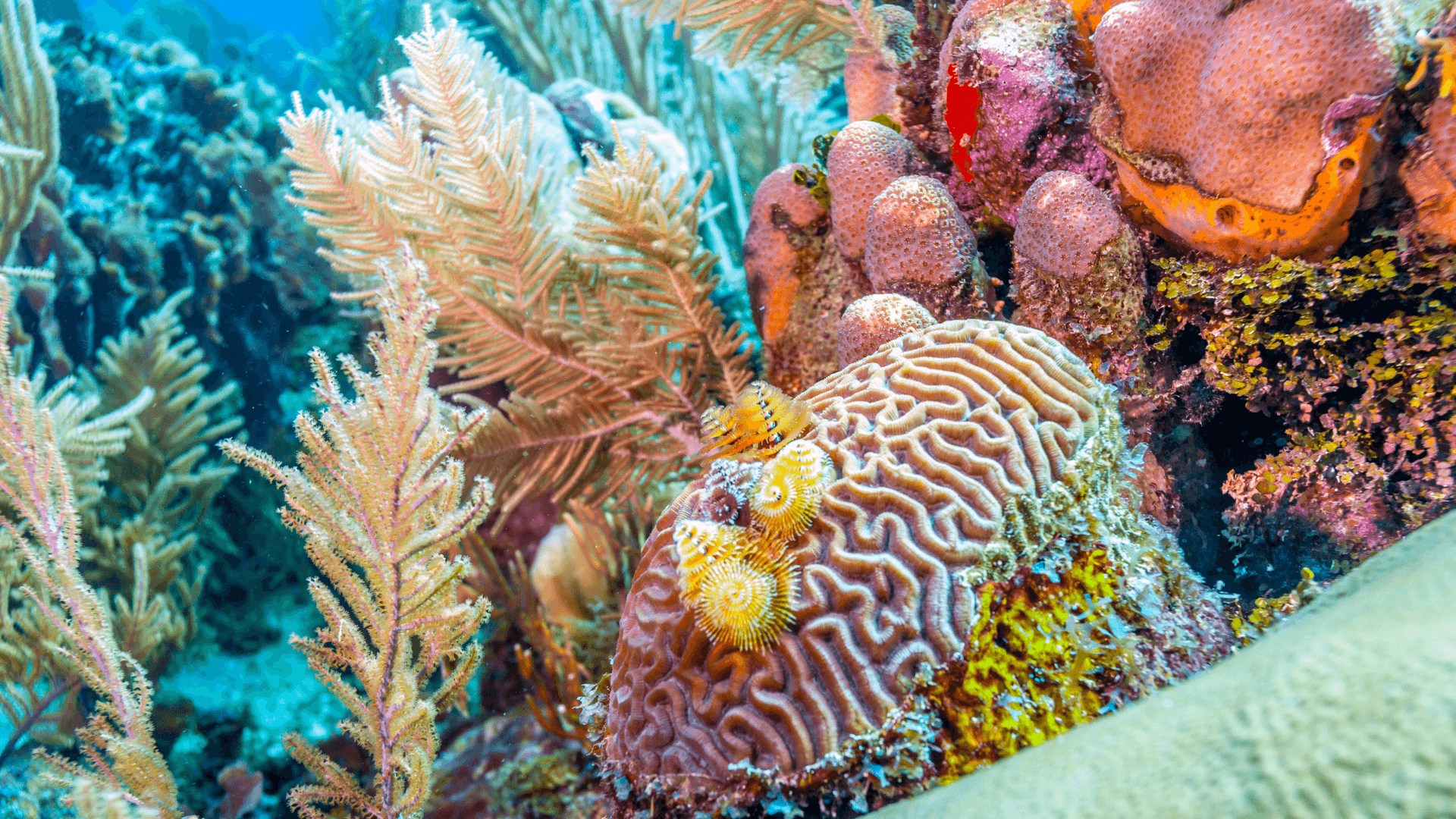
Cómo los derechos humanos pueden salvar los arrecifes de coral y responsabilizar a los gobiernos
Oct 2, 2024

Informe de Carbon Brief señala que 2024 podría ser el año más cálido de la historia
Sep 4, 2024

El clima determina la distribución de mamíferos, revela estudio de la Universidad Estatal de Carolina del Norte
Sep 4, 2024

DeepSeek AI: el chatbot chino que está sacudiendo el mercado global
Feb 7, 2025

Estudio revela que la vida social activa puede reducir el riesgo de demencia
Feb 4, 2025

Año nuevo lunar 2025: la llegada del año de la serpiente
Jan 30, 2025

Nueva hipótesis sobre el origen de los dinosaurios desafía conceptos tradicionales
Jan 27, 2025

Colapso de la plataforma de hielo Conger: alerta para la Antártida Oriental
Dec 20, 2024

Emociones y el cuerpo humano: conexiones milenarias en textos neoasirios
Dec 20, 2024

Un estudio relaciona la contaminación atmosférica con el riesgo de tromboembolia venosa
Dec 20, 2024

Ambiente potencialmente habitable en Marte descubierto por Perseverance
Dec 20, 2024

Revolución XRISM: Nuevos descubrimientos sobre agujeros negros supermasivos
Oct 15, 2024

Estudio aponta que la duplicación del gen AMY1, relacionado con la digestión del almidón, precede a la agricultura
Oct 14, 2024

Nacimientos en la UE caen por debajo de los 4 millones por primera vez desde 1960
Oct 11, 2024

Excavación en Dinamarca revela 50 esqueletos Viking increíblemente preservados
Oct 10, 2024

Estudio detecta mayor incidencia de asma y rinitis alérgica en personas nacidas en otoño e invierno en Finlandia
Oct 9, 2024

Estudio señala similitudes entre la pubertad de adolescentes de la Edad de Hielo y jóvenes modernos
Oct 8, 2024

Análisis de ADN en momias chinas de 3.600 años revela el queso más antiguo del mundo
Oct 7, 2024

Estudio revela estabilidad genética de poblaciones del África Austral durante 10 milenios
Oct 4, 2024

Nueve lugares míticos que podrían haber existido, según descubrimientos arqueológicos
Oct 3, 2024

Cómo los derechos humanos pueden salvar los arrecifes de coral y responsabilizar a los gobiernos
Oct 2, 2024

Informe de Carbon Brief señala que 2024 podría ser el año más cálido de la historia
Sep 4, 2024

El clima determina la distribución de mamíferos, revela estudio de la Universidad Estatal de Carolina del Norte
Sep 4, 2024